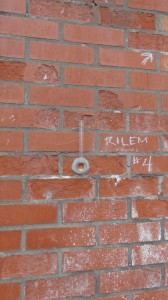 Are masonry sealers necessary on historic multi-wythe exterior walls? In general, likely not. Traditional exterior mass unit masonry walls, 3 to 4 wythes thick, leak. But rarely does the amount of water intrusion cause damage to the masonry, the masonry ties, or the interior finishes. Why wouldn’t a sealer be effective for these older walls?
Are masonry sealers necessary on historic multi-wythe exterior walls? In general, likely not. Traditional exterior mass unit masonry walls, 3 to 4 wythes thick, leak. But rarely does the amount of water intrusion cause damage to the masonry, the masonry ties, or the interior finishes. Why wouldn’t a sealer be effective for these older walls?
Traditional means and methods of construction multi-wythe walls consist of course work bonded and tied together with header courses, row-lock courses, hidden headers, and set in full beds and back beds of mortar. There is no direct pathway for water intrusion following the mortar beds. And most sealers do not bridge bond line cracks between the masonry unit and mortar bed.
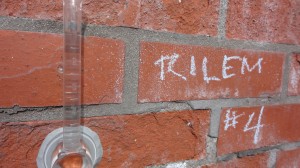 The porosity and absorption rates of older masonry are often exaggerated because of the brick appearance. Many older masonry units show the results of imperfect firing techniques. It is not unusual to see older masonry with vertical and horizontal cracks due to low firing temperatures or impurities in the original clay mix. The surface cracks may lead to higher rates of absorption around the crack but rarely increase the overall absorption or alter the overall characteristics of the masonry. Masonry sealers will not bridge these firing cracks.
The porosity and absorption rates of older masonry are often exaggerated because of the brick appearance. Many older masonry units show the results of imperfect firing techniques. It is not unusual to see older masonry with vertical and horizontal cracks due to low firing temperatures or impurities in the original clay mix. The surface cracks may lead to higher rates of absorption around the crack but rarely increase the overall absorption or alter the overall characteristics of the masonry. Masonry sealers will not bridge these firing cracks.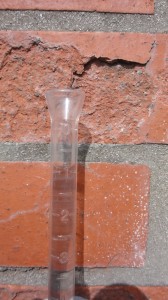
If older walls exhibit a level of moisture intrusion, the drying dynamics have traditionally been from warm interior side and evaporation towards the exterior. Interior insulation techniques will result in a colder exterior wall that will stay wetter longer. Masonry sealers can impede the natural drying process and movement of water towards the exterior. Vapor permeable “breathable” sealers limit the outward movement of water by natural capillary action impeding the drying dynamics. The major concern with applying sealers to masonry is related to drying.
The Brick Industry Association, Technical Note No. 6A states: “Application of a water repellent coating is not necessary to achieve water resistance in brickwork subjected to normal exposures where proper material selection, detailing, construction and maintenance have been executed.” BIA goes further: “Application is not recommended on newly constructed brick veneer or cavity walls…” There is little to no research showing the effectiveness of sealers on reducing water intrusion in masonry walls. Sealers primarily reduce the initial rate of absorption at the brick surface. Sealers also cannot change water intrusion due to poor construction techniques. Wind driven rain is rarely impeded by sealer applications. “the use of water-repellent coatings to eliminate water penetration in a wall with existing defects can be futile.”
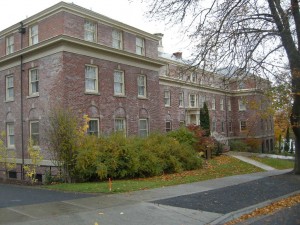 To control water intrusion and to increase performance of a masonry wall, it is much more effective to maintain mortar joints through re-pointing process, assure that mortar joints have no voids, replace brick with spalled faces, replace brick that are cracked the full depth, and repair bond line failures. The use of masonry sealers should be based on known research and field tested success and not chosen as a means to remedy poor construction methods.
To control water intrusion and to increase performance of a masonry wall, it is much more effective to maintain mortar joints through re-pointing process, assure that mortar joints have no voids, replace brick with spalled faces, replace brick that are cracked the full depth, and repair bond line failures. The use of masonry sealers should be based on known research and field tested success and not chosen as a means to remedy poor construction methods.
Written by Peter Meijer AIA, NCARB Principal

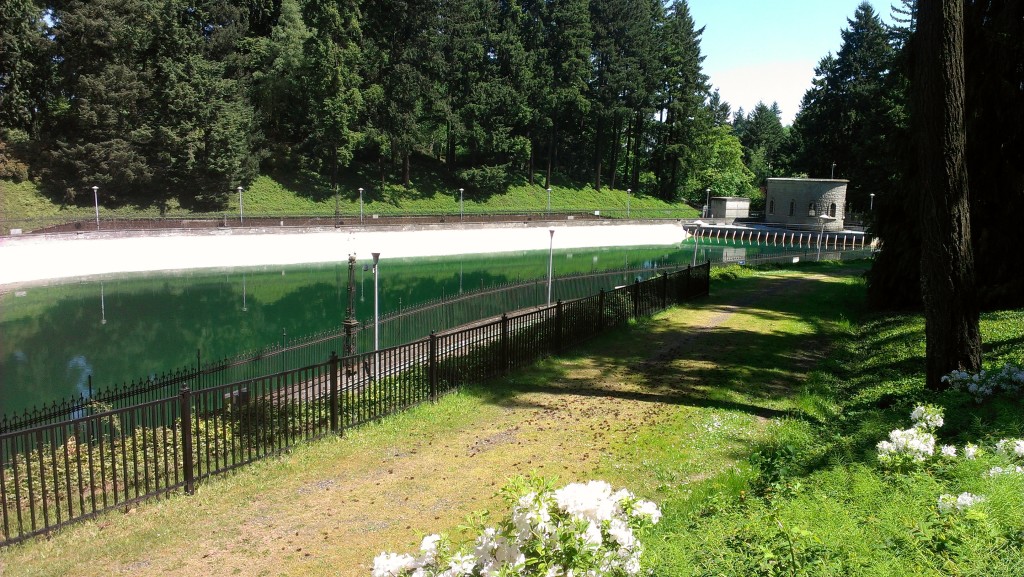

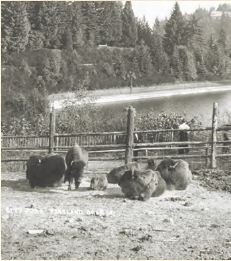 The reservoirs embody the challenge associated with retaining a historic place as both a visual element and a dynamic landscape. The safety, security and seismic solutions may alter the purpose of the visual feature and the interaction with the “water,” but that does not translate into a diminishing of a historic place. There are no easy answers. In the end, this final decision should be assuring that the Washington Park Reservoirs will continue to provide safe, reliable water storage, and to elicit wonder well beyond the next 100 years.
The reservoirs embody the challenge associated with retaining a historic place as both a visual element and a dynamic landscape. The safety, security and seismic solutions may alter the purpose of the visual feature and the interaction with the “water,” but that does not translate into a diminishing of a historic place. There are no easy answers. In the end, this final decision should be assuring that the Washington Park Reservoirs will continue to provide safe, reliable water storage, and to elicit wonder well beyond the next 100 years.